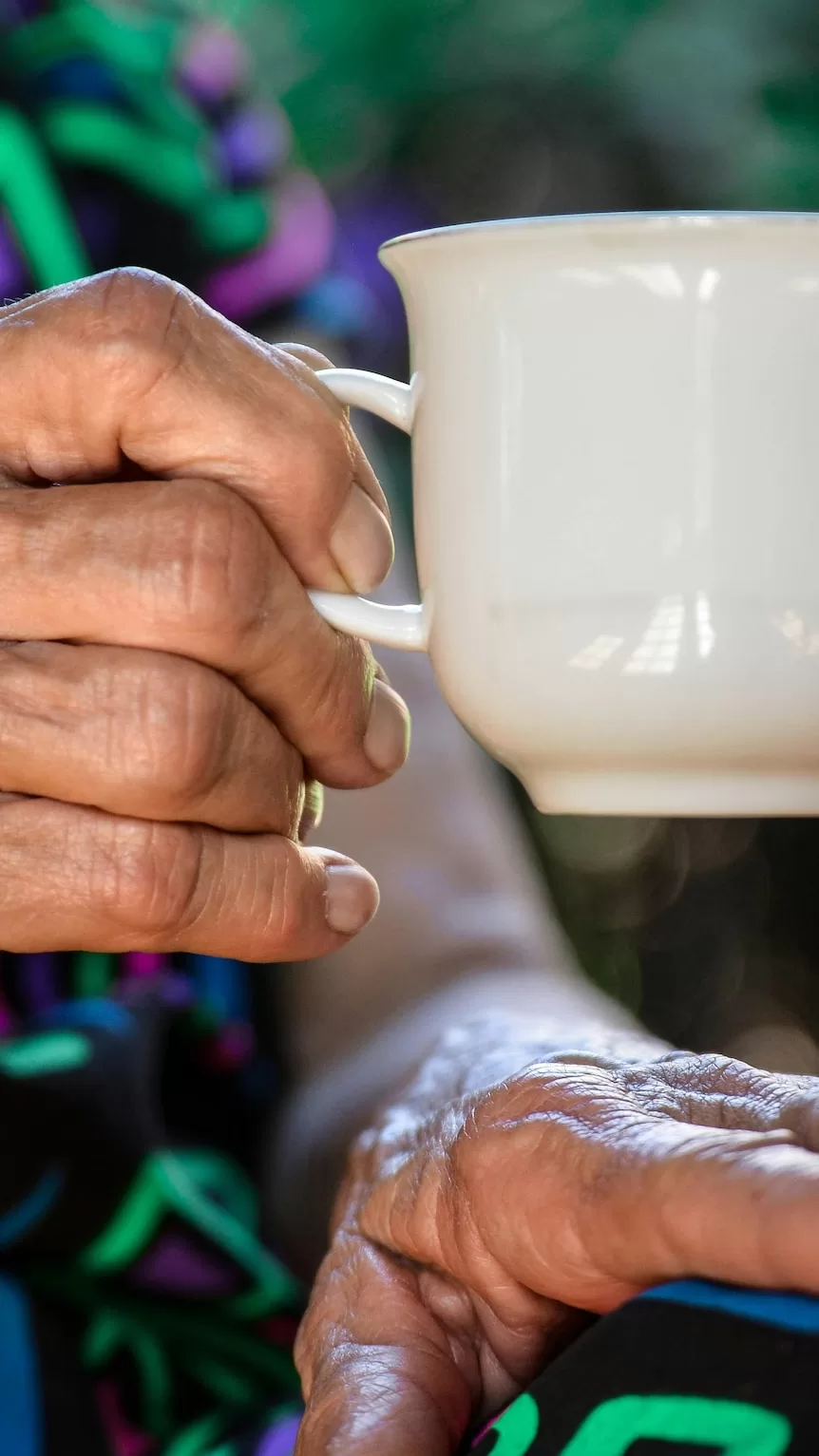A taskforce reviewing funding arrangements for aged care has rejected the idea of a tax levy to cover the sector’s costs instead suggesting Australians accessing care should pay more based on their personal wealth.
The federal government established a task force last year to find out how the country could properly fund aged care, following a range of recommendations made by a damning royal commission into the sector.
A total of $23.6 billion was spent on aged care in 2020-21, which increased to $24.8 billion in 2021-22 and $27.1 billion last financial year in 2022-23 with aged care expenditure expected to reach $42 billion by 2026-27.
The government currently funds 75 per cent of residential aged care and 95 per cent of home care, a level that the task force’s report said “is not an optimal or fair mix”.
The task force found the following:
- demographic change means demand for aged care services will continue to grow
- current and future generations of aged care participants have high expectations of what quality aged care looks like
- additional funding is needed to meet future demand and deliver quality improvements, but structural issues mean the sector’s financial viability is poor
- generally older people are wealthier than previous generations and the taxpayer base is declining as a proportion of the population.
Aged care tax levy not recommended
Despite suggestions from both aged care royal commissioners that the country should introduce an aged care levy of 1 per cent of a person’s taxable income, the report shied away from making the same recommendation.
The former Coalition government dismissed the royal commission’s suggestions of an aged care tax levy and that have now been dismissed by the taskforce.
The taskforce also dismissed an increase to the Goods and Services Tax.
“While the taskforce supports government maintaining its central role in funding aged care, it does not support a specific increase to tax rates to fund future rises to aged care funding,” the report said.
The report said asking a shrinking working-age population to fund these services created intergenerational equity issues.
It also highlighted that superannuation is already intended to help individuals increase their wealth and cover retirement expenses, including aged care costs.
Aged care complaints
- Complaints about aged care facilities can be made to the Aged Care Quality and Safety Commission on 1800 951 822
- Older Persons Advocacy Network organisations can assist with a range of free Advocacy, Information and Education services. Call them on 1800 700 600. Alternatively, you can complete the general enquiry form.
Fund aged care based on personal wealth, taskforce says
One of the recommendations was to make aged care fees “fairer, simpler and more transparent so people can understand the costs they will incur if they access aged care”.
The report said there was a strong case to increase how much people pay for their care if they have the means to contribute however it didn’t exactly outline how that would be measured or when changes should be introduced.
It suggested that the age pension status could be considered a fair way to look at possible financial contributions to aged care services.
Prime Minister Anthony Albanese said earlier this year that the government wasn’t considering any change to the treatment of the family home in the aged care asset test.
However, one of the recommendations to the government, suggested “home ownership status” could be taken into consideration when determining contributions for residential aged care and for non-pensioners, “differential means testing arrangements based on Commonwealth Seniors Health Card status”.
There are several ways Australians already contribute financially to aged care services, including percentages of residential care.
Workforce attraction and retention ‘out of taskforce scope’
The quality of aged care has proven to be a large pitfall of the current system due to staffing concerns, an unskilled workforce and workplace retention problems, as findings of the royal commission have already detailed.
The report mentioned workforce concerns multiple times, and recommended having a competent and proficient workforce as one of its main principles. However, it stated that addressing the issue was beyond the scope of the review, despite that acknowledgement. As a result, no recommendations were provided on how to resolve the problem.
The taskforce said it discussed concerns over workforce shortages consistently but noted the positive impact of the recent increase to minimum wages that some aged care employees had received.
The government said it would consider all the taskforce report recommendations.
